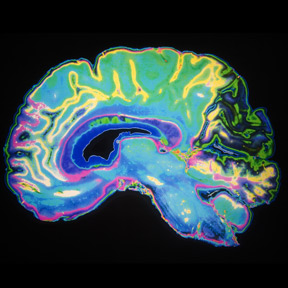It has been 8 years since an astonishing observation persuaded many scientists that the misfolded protein implicated in Parkinson’s disease spreads from brain cell to brain cell, like an infection. Last week, findings presented at the huge annual meeting of the Society for Neuroscience further buttressed the theory that spread of the rogue protein, called α-synuclein, is responsible for the progressive disease, which is marked by tremor, stiff movements, depression, and, ultimately, dementia. Scientists at the San Diego, California, conference also described their discovery that an obscure protein carried on the cell membranes of neurons and other brain cells blocks the uptake of the α-synuclein into cells. Little is known about TM9SF2, but it is part of a family of proteins that span the cell membrane and indications are that it may work to transport specific molecules from the outside to the inside of the cell. It is made in abundance in the brain, especially in regions where damage to dopamine-producing neurons is known to give rise to Parkinson’s. If it emerges that it is indeed a “catcher’s mitt” for α-synuclein, it could provide a drug target for a disease whose 10 million sufferers are sorely in need of new medicines. The same goes for another cell membrane protein, LAG-3, which is present in neurons and which was recently described in Science as binding tightly to the rogue Parkinson’s protein.







